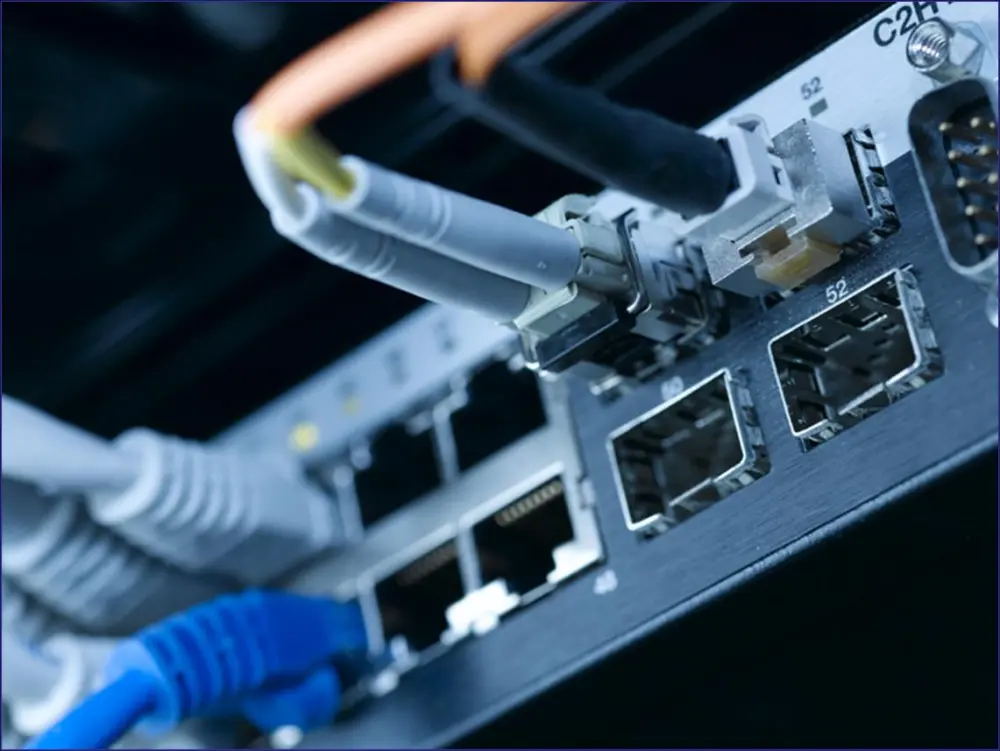Nigerian technology development will need to advance with a lot of work, better rules, and new investments if the 2023 Information and Communications Development (ICT) Development Index (IDI) is any indication.
The IDI focused on a few key areas, such as people using the Internet, households with Internet access, mobile broadband subscribers per 100, 3G/4G LTE coverage, mobile broadband Internet traffic, fixed broadband Internet traffic, mobile broadband and voice high consumption basket prices, and people owning mobile phones. The IDI is measured by the International Telecommunications Union (ITU) across member nations.
ITU said that the IDI data may be used to demonstrate the high association between overall development and digital progress, despite the fact that these indices are 100% based.
According to the IDI, 34% of Nigerians use the Internet personally; 36.4 % of households have Internet access; 24.4 % of mobile broadband subscribers; 71% of the country has 3G/4G LTE coverage; 26.8% of mobile broadband Internet traffic; 41% of fixed broadband and Internet traffic per subscriber; 85.6% of mobile data and voice high-consumption basket price; 36.6 % of fixed broadband Internet basket price; and 79.3% of people own a mobile phone.
South Africa’s results on these factors were 78.1 percent, 81.5 percent, 99.1 percent, 98.7 percent, 54.2 percent, and 87.4 percent, respectively. The remaining percentages are, respectively, 78.4% and 85.5%.
ITU emphasizes that the results of the IDI demonstrated that the majority of nations are embracing and investing in connection, saying that the IDI offers a synthetic assessment of what should be known about the condition of connectivity throughout the world.
While the worldwide average score of 72.8 out of 100 indicates that substantial progress has already been achieved, the telecommunications association pointed out that many nations are still in the very early stages of digital growth and that it is important to look beyond averages.
According to the IDI, as of December 2023, 100% of Americans had access to the Internet; 97.4% of households had Internet access; 75.5% of mobile broadband users were using it; 99.9% of 3G/4G LTE coverage was in place; 72.5% of mobile broadband Internet traffic was mobile data and voice high-consumption; 100% of fixed broadband Internet users had access to it; and 100% of mobile phone users had access to a mobile phone.
99.8%, 100%, 75.5%, 99.9%, 72.5 %, 91.4 %, 100%, 99.1%, and 99.8% were the results of the IDI for the United Kingdom, accordingly.
In terms of Internet usage, Africa had an average of 42.7% of people compared to the global average of 73.8; similarly, 44.4 percent of African households use the Internet, compared to 74.2 percent worldwide.
While the world boasts of 86.7 percent 3G/4G LTE coverage, penetration was 67.5 percent in Africa. In terms of active mobile broadband usage, the continent accounted for just 34.7 percent of the global total. Africa accounted for 47.7% of global mobile broadband Internet traffic per subscriber (GB), while the rest of the world had 63.7%. Africa has 62.3% of the world’s fixed broadband Internet traffic per subscriber (GB), compared to the global average of 76.7%.
Although 84.2% of people worldwide had a mobile phone in 2023, 64.7% of the nearly one billion people living in Nigeria, South Africa, and other African nations owned a mobile device.
Information was provided with a 34-page paper signed by Cosmas Luckyson Zavazava, the Director of the ITU Telecommunication Development Bureau, which highlighted the importance of measurement in attaining meaningful and universal connection.
Data, according to Zavazava, is useful in determining “where we have been, where we are, and where we need to go.” We can set priorities, create successful interventions, track our progress, and hold ourselves responsible with the use of data. In order to do this, ITU has spent decades gathering, sharing, and analyzing ICT data.
With a global average score of 73 out of 100, the IDI 2023 results show notable progress in accepting and investing in connection. Nonetheless, it is critical to acknowledge that many nations continue to face difficulties and to look beyond group averages. “The IDI reveals the persistent deep divides between rich and poor countries and confirms the very close relationship between overall development and digital development,” the speaker said.
He claims that although the IDI offers a useful overview of connectivity globally, the process of developing it has shown gaps in our existing understanding.
Countries must make immediate investments to strengthen their statistical capacities and increase the accessibility of ICT indicators. He said, “ITU will continue to provide guidelines, data collection tools, capacity and skills development activities, and technical assistance to support countries in measuring connectivity.”
